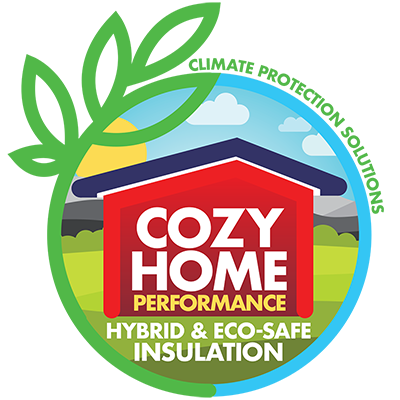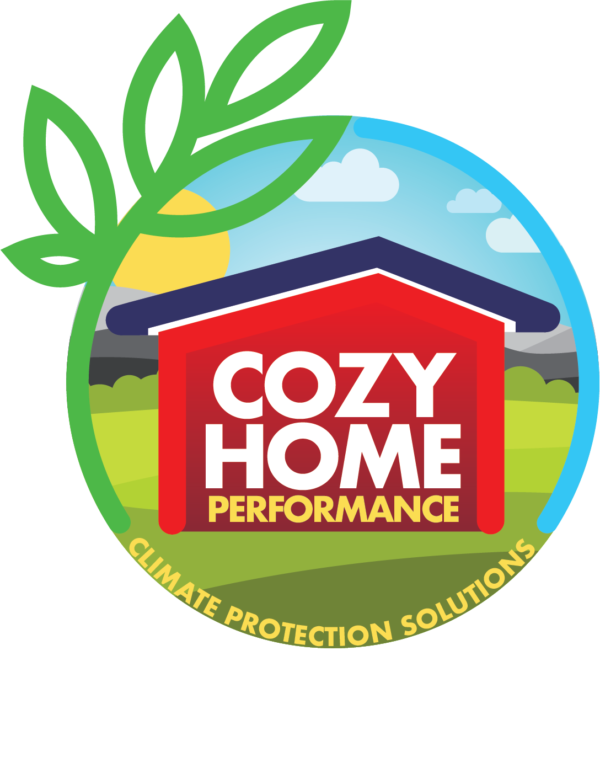What is lurking in your crawlspace?
Post Updated: July 26, 2017
In heating-dominated climates, 40% or more of the air you breathe in your home originated in your crawl space. Improving dank crawlspaces is a clear way to benefit house IAQ (indoor air quality), comfort, and energy efficiency, yet it is surprising that many homeowners aren't in the know.
We come across a lot crawl spaces during home energy assessments in Western Massachusetts. Almost all crawl spaces in contemporary and older houses alike, need a vapor barrier and improved insulation/airbarrier. Some are small dry ‘bump outs’ and others are expansive, dank, creature habitats.
Cozy Home Performance improves the thermal boundaries of crawl spaces in one of two ways: down the walls, or on the floor. The best approach is site specific, yet more common is to establish the thermal boundary on the crawlspace walls and a sealed vapor barrier on the ground. Heat ducts, h2o and steam pipes play a role in factoring what is the best approach. As does the amount of moisture in the space, framing type, and access.
We use a ‘mixed assembly’ approach to insulating these sometimes challenging spaces. foil faced rigid foam board, closed cell spray foam, and occasionally dense packed cellulose. These materials are not only high in R-value, but when installed properly, provide a complete air barrier.
In the recent issue of Home Energy (January/February 2011), a simple article on this matter called The SCARY Crawl Space by David Hales, provides a stunning statistic:
Research has shown that whenever it’s warmer inside your house than outside, the buoyancy of the rising warm air in the house sucks air into your home from the crawl space. In heating-dominated climates, 40% or more of the air you breathe in your home originated in your crawl space.
Improving dank crawlspaces is a clear way to benefit house IAQ (indoor air quality), comfort, and energy efficiency, yet it is surprising that many homeowners aren’t in the know. One reason that shapes this public opinion is that utility sponsored energy efficiency programs do not appropriately provide information, education, rebates, or solutions, for properly fixing flawed crawlspaces. As a clear way to improve indoor air quality and to solve cold floor issues, improving crawlspaces correctly should always be presented at the time of an energy assessment. Even though it may not be a most cost effective efficiency measure, the ‘quality of life’ benefits are equally important and in the long run can save on ‘external’ costs. (building rot, health care costs, marmot removal etc.)

